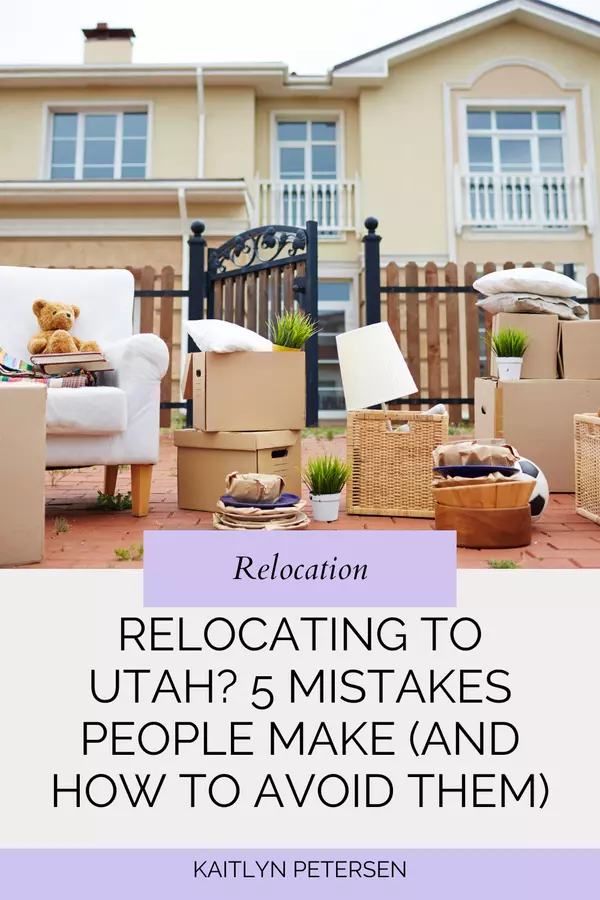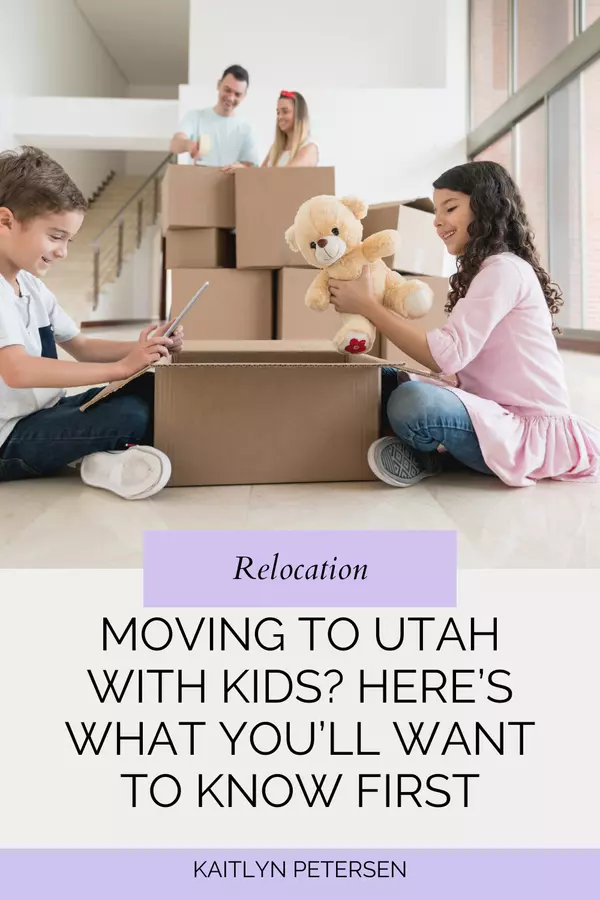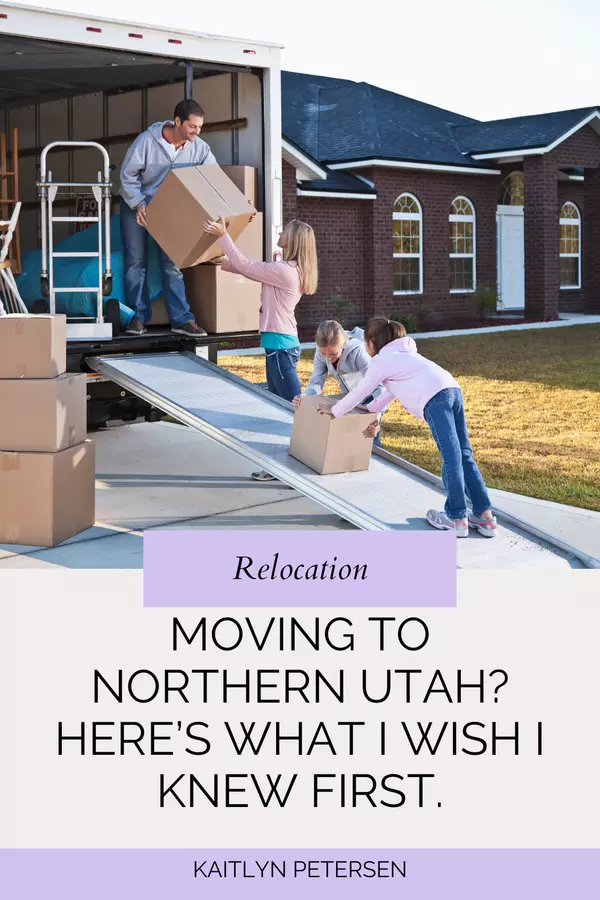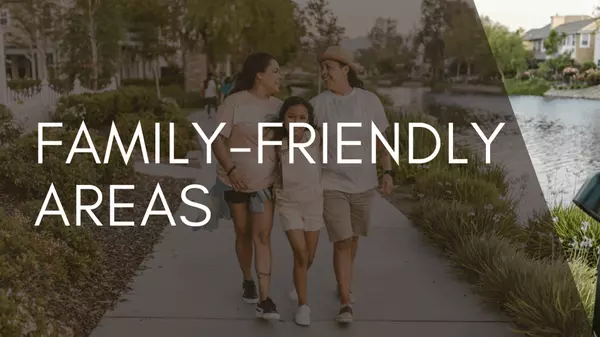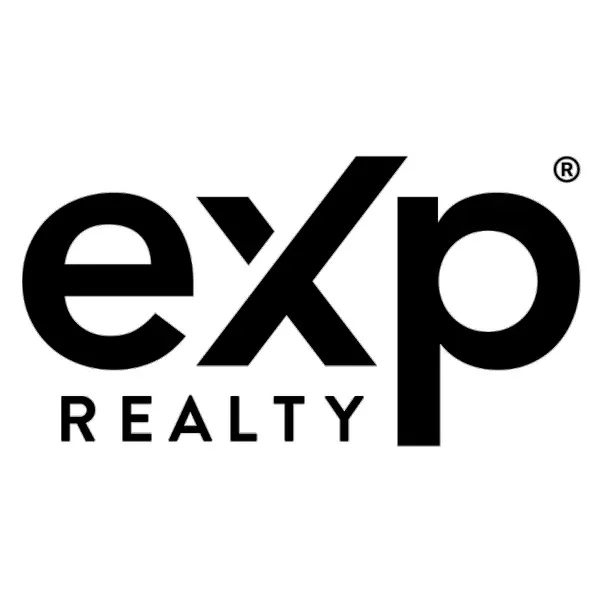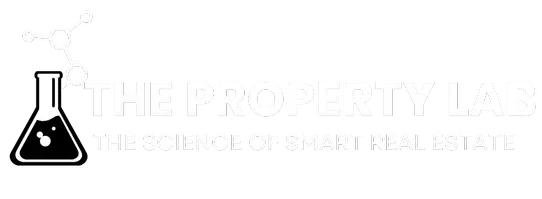Hidden Costs of Buying a Homes: What to Budget For

Hidden Costs of Buying a Home
Buying a home is exciting—until surprise costs start popping up like an unexpected plot twist in a thriller novel. While most buyers focus on the down payment, there are several other expenses that can sneak up on you. But don’t worry! I’ve got you covered with a breakdown of the hidden costs of buying a home so you can budget like a pro.
1. Closing Costs (A.K.A. The Final Boss of Homebuying)
Just when you think you’re done writing checks, closing costs swoop in. These typically range from 2% to 5% of the home’s purchase price and cover things like:
-
Loan origination fees (your lender’s way of saying "thanks for borrowing money!")
-
Appraisal fees (because the bank wants to make sure the home is worth what you're paying)
-
Title insurance (protects you from past claims against the property)
-
Escrow fees (for the people handling all the paperwork)
-
Recording fees (because the government loves to charge for paperwork)
💡 Pro Tip: Ask the seller to contribute to closing costs—it's negotiable!
2. Home Inspections (Yes, You Need One)
A home inspection might cost $300–$600, but skipping it could cost you thousands in surprise repairs. A good inspector will check the roof, foundation, electrical, plumbing, and more. If something major comes up, you may be able to negotiate repairs or a price reduction.
💡 Pro Tip: Pay extra for radon and sewer line inspections in Northern Utah—it’s worth it!
3. Property Taxes (Welcome to Adulthood)
You’ll owe property taxes from day one—and depending on your area, they can be a hefty chunk of change. In Utah, annual property taxes are relatively low compared to other states, but they still need to be factored into your budget.
💡 Pro Tip: Check with the county to see what your estimated taxes will be before buying.
4. Homeowners Insurance (Because Life Happens)
Lenders require homeowners insurance, and depending on your home’s location and condition, costs can vary. Expect to pay $1,000–$2,500 per year. If your home is in a flood or wildfire-prone area, extra coverage may be needed.
💡 Pro Tip: Bundle with auto insurance for a discount!
5. Moving Costs (Your Friends with Trucks Will Appreciate Gas Money)
Even if you DIY your move, costs add up. Professional movers can charge anywhere from $1,000 to $5,000, depending on distance and how much stuff you have. Renting a truck and buying packing supplies will still set you back a few hundred dollars.
💡 Pro Tip: Move mid-month or mid-week to score better rates!
6. Utility Setup Fees (Because Living in the Dark Isn’t Fun)
New homeowners often forget about connection fees for electricity, water, internet, and trash services. Deposits or installation fees can range from $50 to $200 per service.
💡 Pro Tip: Call utility providers before closing so you’re not without internet on day one!
7. HOA Fees (If Applicable)
If your dream home is in a community with a homeowners association (HOA), you’ll have monthly or annual dues. These can be $50 to $500+ per month, depending on amenities.
💡 Pro Tip: Read the HOA rules before buying—you don’t want to find out after closing that you can’t paint your front door purple.
8. Maintenance & Repairs (Because Stuff Breaks)
Even with a brand-new home, things need upkeep. Experts recommend setting aside 1% of your home’s value per year for maintenance. If your new home has an older roof, HVAC, or appliances, plan for potential repairs.
💡 Pro Tip: Home warranties can help, but read the fine print—they don’t cover everything!
9. Furniture & Decor (Making It Feel Like Home)
You finally have the house… but do you have furniture to fill it? New homeowners often spend thousands on couches, beds, and decor. Budget accordingly so you’re not sleeping on an air mattress for months.
💡 Pro Tip: Buy secondhand or wait for major sales to save money!
10. Landscaping (Because Curb Appeal Matters)
If your new home doesn’t come with a perfectly manicured lawn, you might need to budget for grass, plants, or even a sprinkler system. Landscaping can range from a few hundred dollars for DIY projects to $5,000+ for professional work.
💡 Pro Tip: Native plants require less water and maintenance!
Final Thoughts: Budget Smarter, Stress Less
Buying a home is one of the biggest financial moves you'll make, and the hidden costs can add up fast. The best way to avoid surprises is to plan ahead, ask questions, and work with a real estate agent (ahem, like me!) who can guide you through the process.
If you’re thinking about buying a home in Northern Utah, let’s chat! I’ll help you navigate the process and make sure you’re financially prepared—no surprises included. 😉
Categories
Recent Posts
